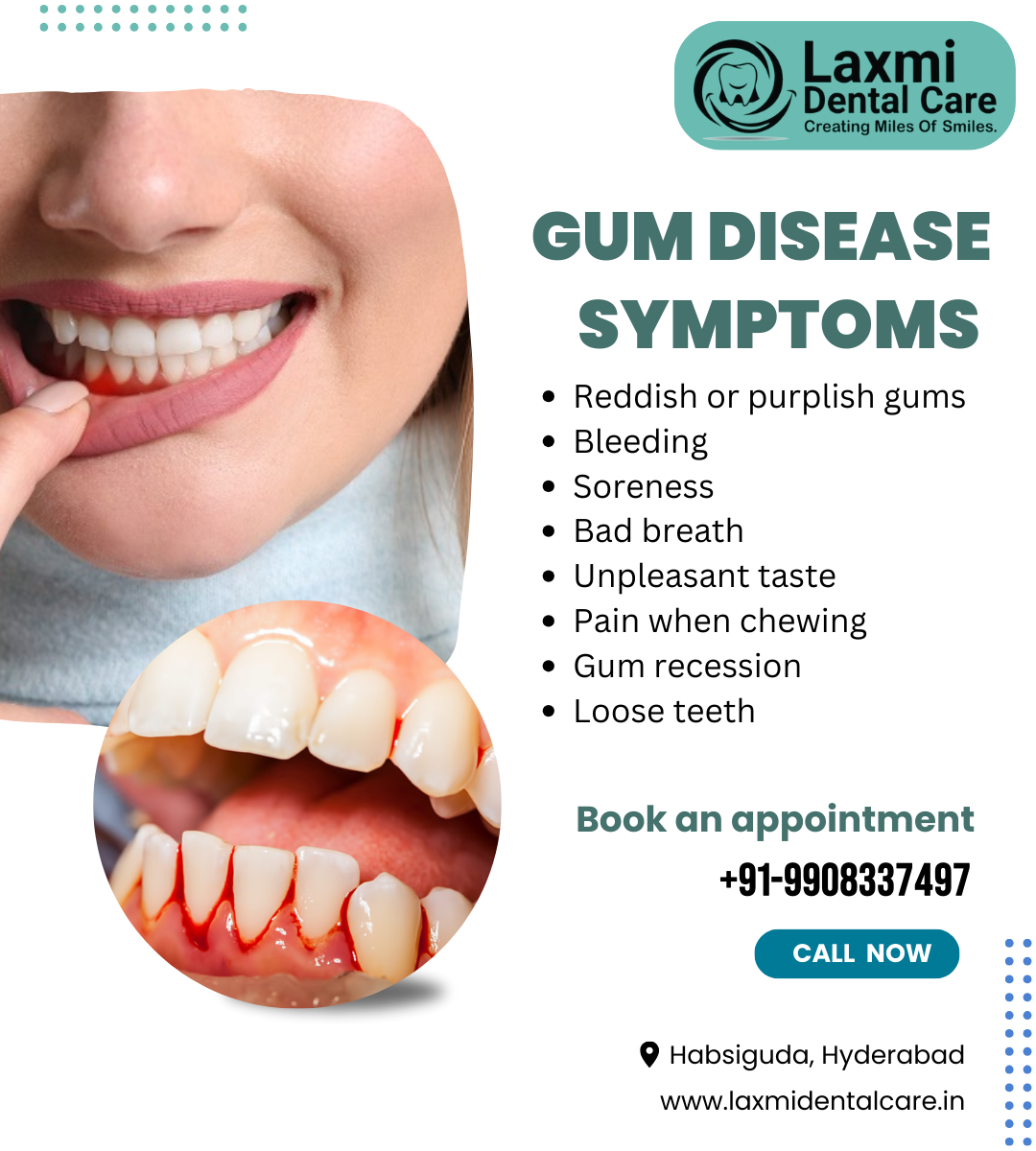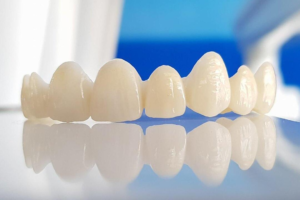Laser gum surgery, also known as laser periodontal therapy or laser-assisted periodontal therapy, is a dental procedure that uses lasers to treat various gum conditions, particularly those related to periodontal (gum) disease. It is considered a minimally invasive alternative to traditional gum surgery.
Here are some key aspects of laser gum surgery:
Types of Lasers: Soft tissue lasers are commonly used in laser gum surgery. These lasers are specifically designed to work on the gums without causing damage to surrounding healthy tissues.
Treatment of Periodontal Disease: Laser gum surgery is often used to treat periodontal disease, a condition characterized by inflammation and infection of the gums and supporting structures of the teeth. The laser can target and remove infected tissue, bacteria, and plaque buildup.
Gum Reshaping: In addition to treating periodontal disease, lasers can be used for cosmetic purposes, such as reshaping the gums. This can be done to address issues like a “gummy smile” or to enhance the appearance of the gums.
Benefits:
Minimally Invasive: Laser procedures are generally less invasive than traditional gum surgery, leading to reduced bleeding and discomfort.
Faster Healing: The precision of lasers can result in faster healing times compared to traditional methods.
Reduced Swelling: Laser gum surgery can often result in less postoperative swelling compared to conventional surgery.
Procedure:
- The dentist will typically begin by numbing the treatment area using a local anesthetic.
- The laser is then used to target and remove diseased or excess gum tissue.
- The laser may also be employed to stimulate the regeneration of healthy gum tissue.
Aftercare: Postoperative care involves following any instructions provided by the dental professional, which may include recommendations for oral hygiene, diet, and medications.




